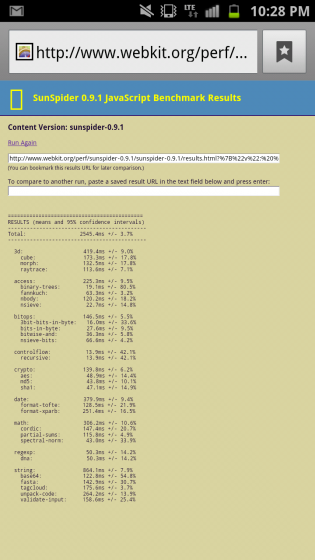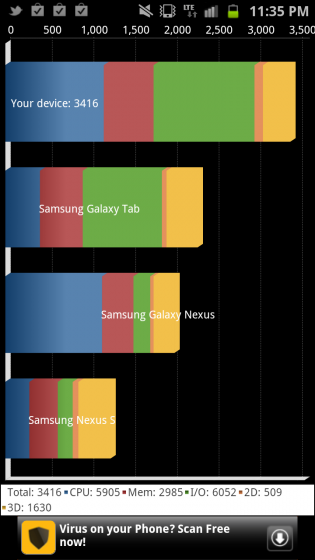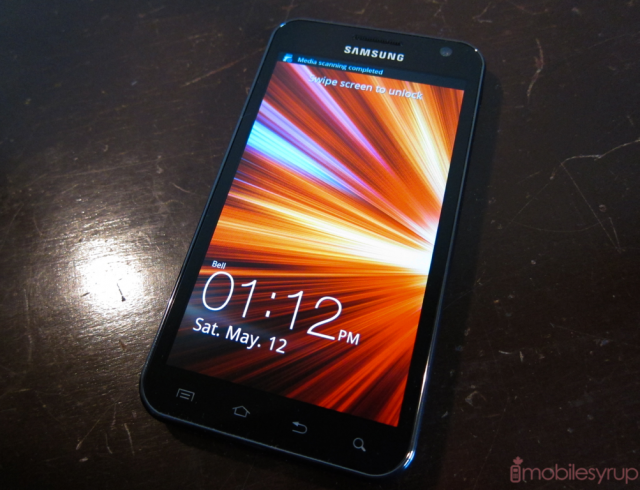
By the time we reviewed the Samsung Galaxy S II in July 2011, the phone had become the most anticipated Android phone of all time. Its screen, speed and form factor were, and still are, legendary. Today it is by far one of the most popular Android phones ever made.
Almost a year later, I was struck by the strangeness of the phone I was holding in my hand. The Bell Galaxy S II HD LTE is, besides a mouthful to say, a very curious smartphone. In many ways it is the best Galaxy S II ever created and, to that end, a fantastic smartphone in its own right. But debuting on the heels of its successor, the Galaxy S III, there is something subdued about its existence.
Nevertheless, it’s always exciting to try a new high-end Android phone. Can the SGS2HDLTE wrest your hard-earned dollars away? Let’s take a look.
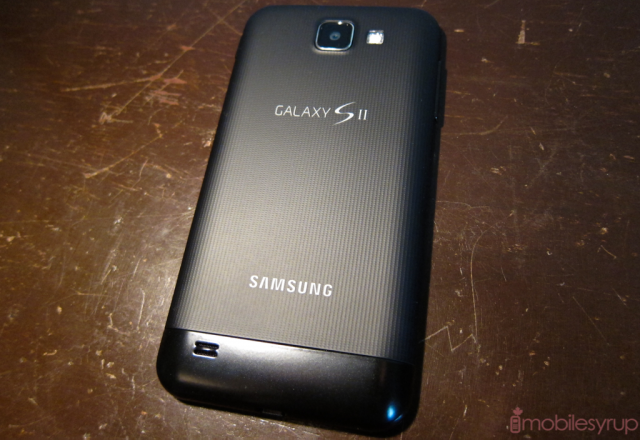
Specs
– Android 2.3.7 with TouchWIZ 4
– 4.65-inch 720 x 1280 pixel HD Super AMOLED display
– 1.5Ghz Qualcomm Snapdragon S3 dual-core SoC w/ Adreno 220 GPU
– 1GB RAM / 16GB internal storage (expandable with microSD slot)
– 8MP back camera with flash / 2MP front camera
– 1080p video capture with image stabilization
– 1850mAh battery
– WiFi (b/g/n), Bluetooth 3.0, WiFi Direct, GPS, NFC
– 131 x 68.4 x 9.27 mm
– 133g
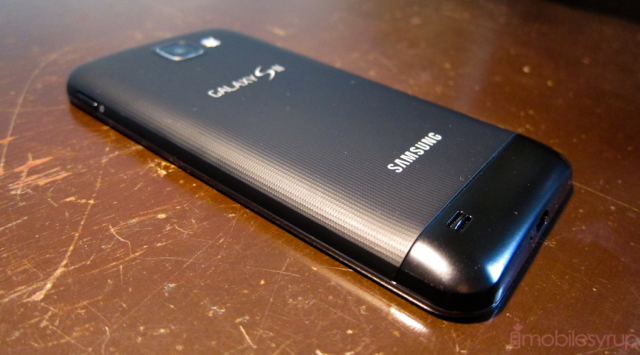
Design
The design of the hereby-called HD is, as expected, an evolution of the whole Galaxy S II line. If you take a look at the original Galaxy S II I9100, with its grainy textured backing and reverse chin, to the Galaxy S II X and Galaxy S II LTE, which both offered more refinement, there is very little new here.
In fact, from the front you’d be hard-pressed to tell this and the Rogers Galaxy S II LTE apart. It’s only once you turn it over when you realize the camera design was taken from the Galaxy Note and the textured backing from the Galaxy S II X. In truth the HD is a beautiful mishmash of every previous Galaxy S II device, and it’s nicer for it. The body feels extremely sturdy, with the right amount of weight distributed between the tall-and-thin body. At 133g the 131mm height and 68mm width seems ideally proportioned, and there was never a time when I thought the phone was too big to handle. Considering the Galaxy S III weighs the same and is only 5mm taller, it bodes well for Samsung’s next generation of devices.
A few small things have changed in a year. The internal battery has been boosted to 1850mAh (same as the Rogers LTE version) and the SIM is now micro. Thankfully, Samsung left the microSD slot unmolested, so an extra 32GB can be added to the internal 16GB. Buttons feel firm and precise, and the materials are on par with the Galaxy Note — in other words, a huge improvement from previous models.
The placement of the buttons to the feel in the hand is almost identical to its forebears. This includes the four capacitive button arrangement, optimized for Gingerbread. Newer devices omit the dedicated search button, mapping it to a long-press of the menu or back button. Nevertheless, if you’ve held a Galaxy S II device in the last year, you know how the HD feels.
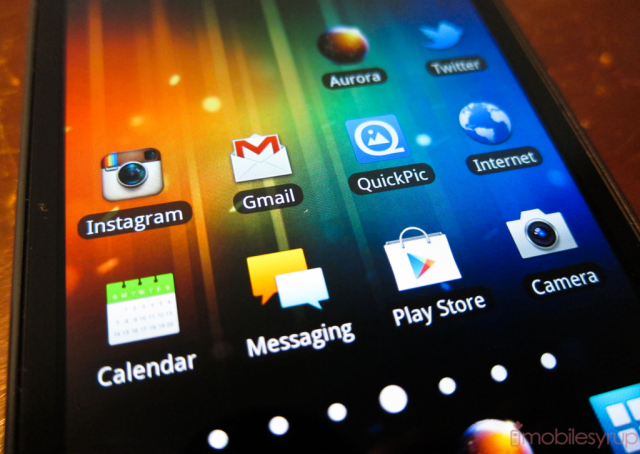
Display
As with the chassis, there is something familiar about the HD. The 1280 x 720 pixel display is the same part that debuted in the Galaxy Nexus, PenTile and all. This is not a bad thing: colours are fantastic and rich, blacks are absolute, contrast superb and brightness more than sufficient. Whites retain that divisive textured look, recalling a threaded piece of paper. The Galaxy Nexus was often criticized for the way it displayed lighter shades, almost as if it were made of stucco. This is true here, too, for better or worse.
The boosted resolution is welcome on Samsung’s TouchWIZ overlay; the added detail to icons, precision to text, and overall sharpness to media makes TouchWIZ seem less cartoony and oversized. Icons roughly maintain the physical dimensions of their WVGA forebears but the graininess is largely gone. I’ve never been one to divert attention to the plight of PenTile, which cuts by one-third the number of subpixels per pixel, since the screen on the HD looks every bit as good to me now as the Galaxy Nexus did in September.
Graded on a scale, the inclusion of PenTile is a knock against this display — just as it will be on the Galaxy S III — but to my well-trained eye, and likely to many others’, it offers superlative viewing angles, colour saturation, sharpness, contrast and brightness. In other words, unless you’re looking really, really hard for the grain in text, it provides about 90% the quality of the Super LCD2 panel of the HTC One X. This is not the equivalent of the throwing PenTile on a qHD display, which, on a 4-inch+ display has a low enough pixel density to easily make out the inferior subpixel array. The pixel density here is high enough that, to most users, all they’ll see is the screen.
Performance
I’m going to avoid hard numbers here and just say that the 1.5Ghz Qualcomm Snapdragon S3 SoC inside the HD performs every bit as well as it did in the past four Samsung devices I reviewed. TouchWIZ was made for speed, and to that end Samsung hasn’t let us down. Scrolling through home screens and menus was deliciously free of any sort of lag, while app load speeds, multitasking consistency and general responsiveness was top notch.
I did a few benchmarks just to confirm what my thumbs already knew: the Galaxy S II HD LTE is still darn fast, and is unlikely to let you down when it comes to sheer speed. Samsung’s browser, hardware-accelerated despite its Gingerbread roots, is still an excellent example of what OEMs can do when they successfully marry hardware and software.
That being said, after using the HTC One X for an extended period of time, there is no question that the HD is running on last year’s specs. There were times, especially during games, when I experienced long loading times and occasional framerate drops, though most games worked without issue even at high detail. Remember this is the same Adreno 220 GPU that powers the 1280×800 Galaxy Note and the 1280×768 HTC Jetstream, among others. Both the Snapdragon S3 chip and Adreno 220 GPU are extremely capable; the S4 is just significantly faster and more power-efficient.
That’s the problem with reviewing a device such as the HD. It was scrapped on AT&T for a reason: it’s already been surpassed internally by a number of devices either on the market or on their way. Objectively this is a problem: why recommend something that is ostensibly “out of date?” But subjectively the performance on the HD was not only good but great. Samsung did a fantastic job with Gingerbread to add its own hardware acceleration layer, and when the Galaxy S II X came out around the same time as the Sensation, Samsung proved its mettle by besting it in almost every benchmark by up to 40% using identical internals.
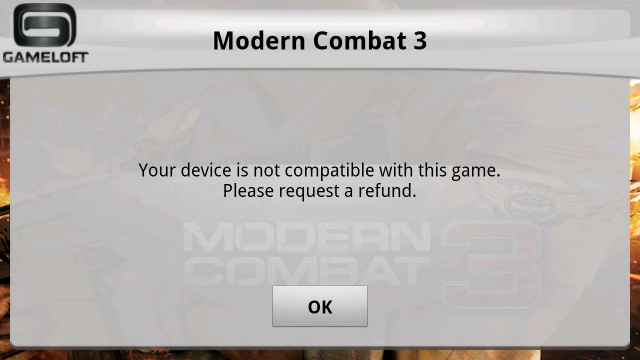
I did encounter a strange “Your device is not compatible with this game” message when I loaded Gameloft’s Modern Combat 3, an app I had no problem running on my Galaxy Nexus. Whether this has to do with the specific phone not being registered with Gameloft (due to its relatively newness and obscurity) or a larger hardware incompatibility remains to be seen, but I’m guessing the former.
If you do choose to go with the HD, be aware of its lineage. This is a great phone right now, and will provide what you want for the immediate future. After that there’s no guarantees.
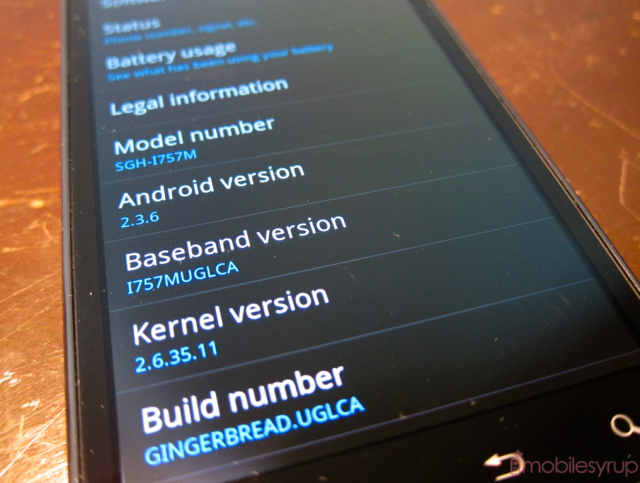
Software
The Galaxy S II HD LTE runs Android 2.3.6 and will be, hopefully soon, upgraded to Android 4.0. Considering the on-the-market-since-July-2011 Galaxy S II 4G already has Ice Cream Sandwich.
As for what you get out of the box, Samsung does a great job keeping Gingerbread modern-feeling, though I immediately missed certain aspects of ICS such as drag-and-drop folder creation and swiping away notifications. It was also frustrating to realize that some of my favourite apps didn’t work out of the box on the HD, including my favourite browser, Chrome for Android.
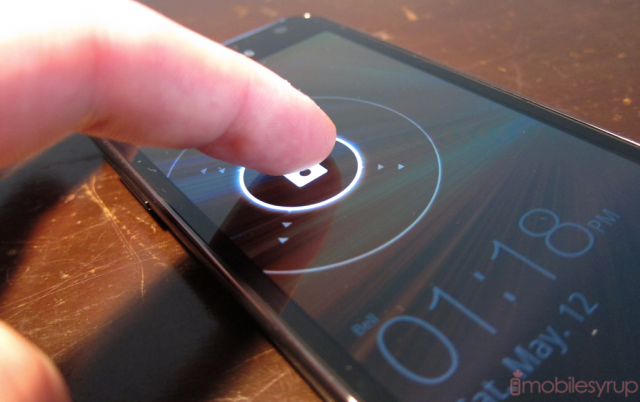
I’ve said it numerous times before: there is nothing wrong with Gingerbread, and if you’ve never tasted Ice Cream Sandwich you probably won’t know what you’re missing. But more fundamentally, releasing a device running Android 2.3.6 less than two months before its ICS-powered sequel is akin to shooting itself in the foot.
If you’ve got to have a Gingerbread-powered phone for whatever reason, I’d suggest this one right now. It’s fast, it’s smooth and it doesn’t come with a lot of added crap. For a more in-depth look at TouchWIZ 4, head on over to our original Galaxy S II 4G review.
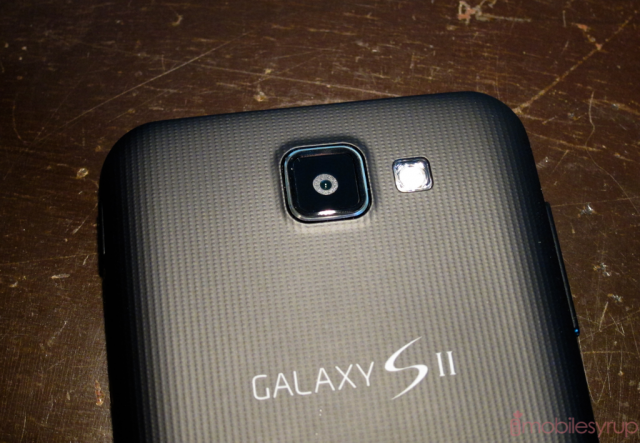
Camera
Like all the Galaxy S II-series devices, the 8MP sensor inside the HD is fantastic. It’s not lightning quick like the Galaxy Nexus, and it doesn’t do 4fps burst mode like the Galaxy S III, but it’s fast enough and, more importantly, takes some of the best photos on a phone today.
Details are plentiful, colours are accurate and there is little-to-no software sharpening to mask the sensor’s inherent flaws. Video too is terrific, with smooth and stable 1080p capture. While I would prefer the camera UI see a makeover akin to what HTC did on Sense 4.0, Samsung’s version is neither intrusive nor less functional — it’s just a bit ugly. That, and it takes a few more steps to enable/disable toggles because everything is buried in a menu somewhere.
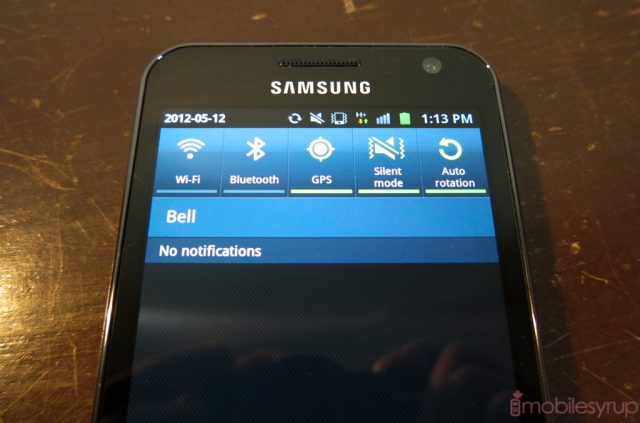
Network Speed, Call & Sound Quality
Like any other LTE device on Bell’s network, the Galaxy S II HD LTE is very, very fast. It’s also got excellent reception: I usually had between four and five bars of LTE in most downtown areas. Results were consistently good, too, peaking between 15 and 20Mbps down and 6-12Mbps up. These are probably going to be typical results going forward on any of the three LTE networks in Canada, and more users engage in existing cell sites. And until the incumbents roll out 700Mhz LTE, we’re going to be stuck with pockets of the city where the AWS signal just cannot reach. Luckily the HD handoff between HSPA+ and LTE is very fast.
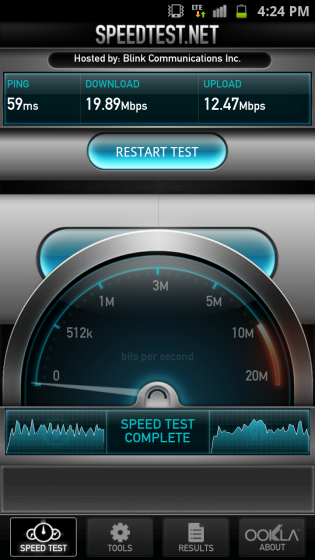
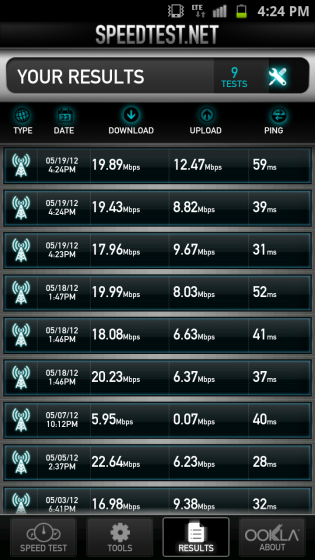
Call quality was typically good from the HD, though I wouldn’t say it was the best I’ve heard. Voice calls over Bell’s network are typically reliable, though, even in congested Toronto areas. The speaker on the back of the phone, in typical smartphone fashion, was loud yet sibilant, a compromise I’d probably rather make if relied on to fill a room with a conference call, for example.
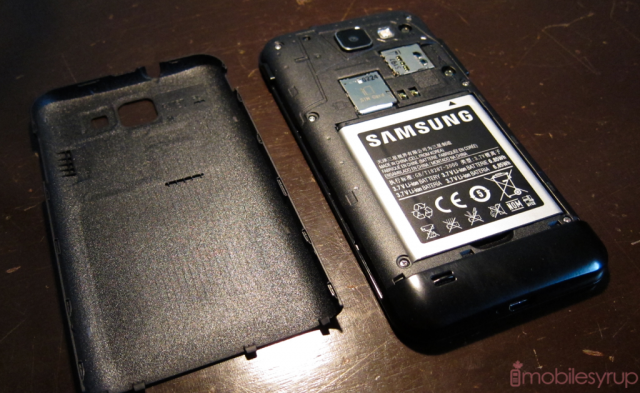
Battery life
In many ways the Galaxy S II HD LTE is a combination of the the Rogers Galaxy S II LTE (internals) and the Galaxy Nexus (screen). Luckily its battery has a couple hundred extra mAh’s to work with than the Nexus but the last-generation LTE chip is still quite power-hungry.
Luckily for prospective buyers I didn’t notice a huge decline in typical battery life moving from the WVGA Super AMOLED screen to a more pixel-dense variety. But, as we know from the Galaxy Nexus, battery life was never one of its strongest suits.
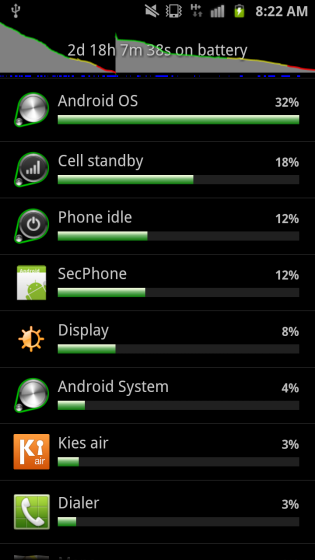
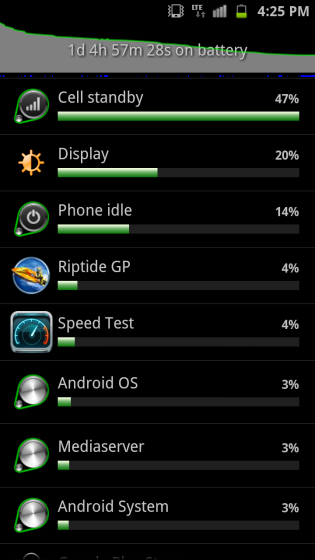
The likelihood of the HD lasting an entire day is good to excellent, depending on how many services you have working in the background. I typically got between 10 and 14 hours from the device, which is terrific. More intense usage will likely net lower results, but I’d rate Samsung’s dark, AMOLED-friendly colour scheme generally lighter on battery than many of its competitors.
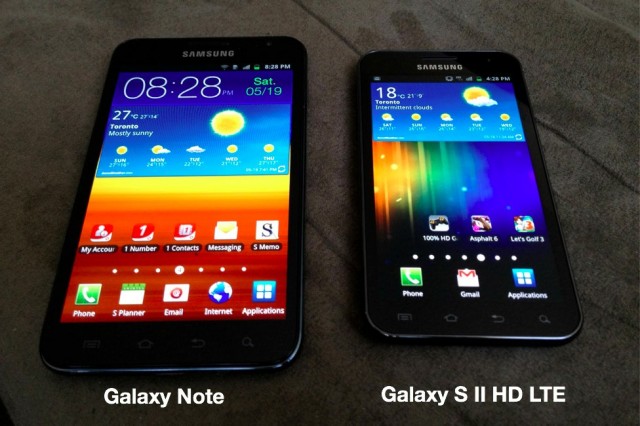
Conclusions
Not to belabour the point, but the Samsung Galaxy S II HD LTE is a strange beast. At once it is a terrific handset, a capable Android smartphone with a stacked feature set that checks all the right boxes. But all manufacturers should make it mandatory for high-end Android phones to ship with the latest version of Android, in this case Ice Cream Sandwich.
It’s interesting to see Bell release this phone so close to the availability of the Galaxy S III. The HD is a great-looking, high-performing smartphone in its own right, but it’s hampered by its own lineage; it’s just not different enough from previous Galaxy S II devices to make a significant mark. It feels like a perfect but rather superfluous send-off to a storied franchise. All eyes are on the upcoming availability of the Galaxy S III.
The Samsung Galaxy S II HD LTE is available exclusively from Bell for $99.95 on a three-year term and $549.95 outright.
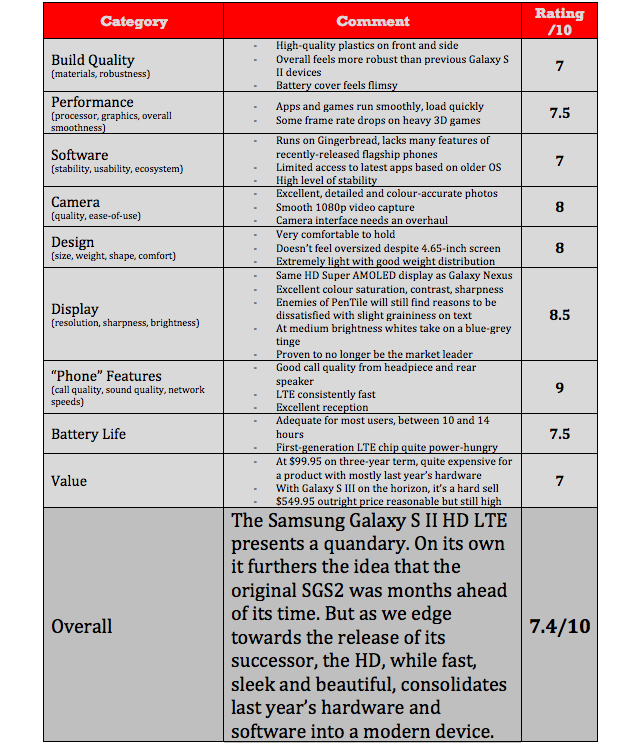
MobileSyrup may earn a commission from purchases made via our links, which helps fund the journalism we provide free on our website. These links do not influence our editorial content. Support us here.

